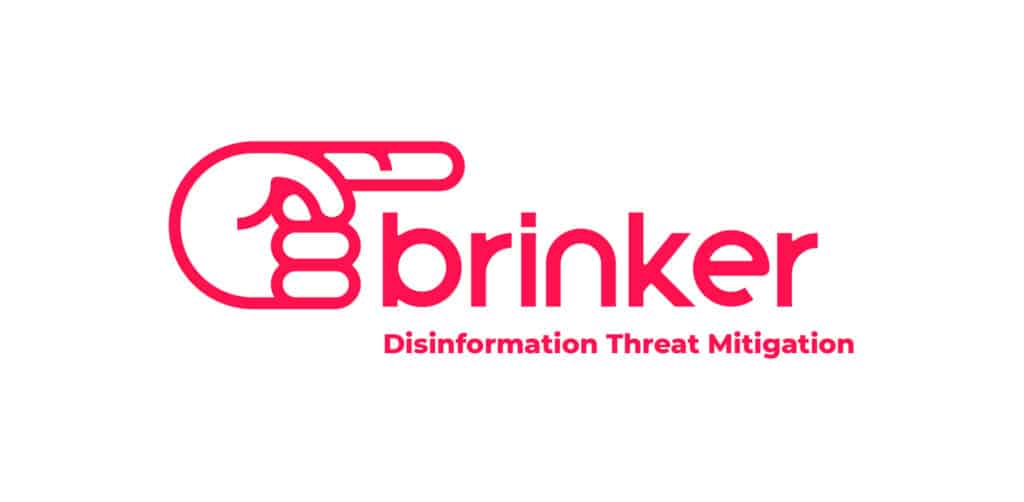Google is adding to its arsenal of creepy, Big Data tools with crowd sourcing technology that can identify public gatherings and other events that draw spectators. The company has applied to the US government for a patent on what is described as a method for “inferring events based on mob source video,” according to the Web site Public Intelligence. The technology uses video clips submitted by Google users (to YouTube, etc.) to infer that “an event of interest has likely occurred.” The technology surveys time- and geolocation stamps on the videos to correlate the activities of individuals who might be part of a gathering. The Patent, US2014/0025755 A1, was published on January 23, 2014 and lists Google Inc. as the Assignee and Ronald Paul Hughes as the inventor. It claims the technology, dubbed “mob sourcing” will allow Google to correlate video and images to infer the existence of groups (i.e. a public […]
Reports
In Next Phase: Web Tracking Cookies Grow Legs
It’s easy to focus on the low hanging fruit in the Internet of Things revolution – the Internet-connected thermostats, connected vehicles and lawn sprinklers that you can manage from the Web. But the biggest changes are yet to come – as powerful, wearable technology, remote sensors and powerful data analytics combine to map and record our every waking (and sleeping) moment. I got a glimpse of that reading this article over at the blog StreetFightMag.com, a site that concentrates on the hyperlocal marketing sector. Hyperlocal was a big thing about six or seven years ago, as online media outfit (and their advertisers) decided that consumers were losing interest in the thin gruel that online mass-media provided, but remained intensely interested in local news and affairs. Alas, capitalizing on the relatively small-scale opportunities in ‘hyperlocal’ proved harder than anyone thought, as this week’s decision to shutter AOL’s remaining Patch web […]
Parsing Google’s Internet of Things Acquisitions
Google has gone on an acquisition tear in the last six weeks that has many tech industry watchers wondering about the company’s future direction – particularly when it comes to the Internet of Things. Since the beginning of the fourth quarter, 2013, Google has acquired 14 companies with the latest, a $650 million buy of UK-based artificial intelligence software firm DeepMind Technologies hitting the wires yesterday. In addition to the DeepMind buy, Google spent $40 million on Flutter, a maker of gesture recognition technology and $23 million on FlexyCore, maker of the DroidBooster App for Android. Earlier this month, it plunked $3.2 billion down for super hot smart home gear maker Nest. Google’s size makes the exact amount spent on the other acquisitions is something of a matter of speculation. Google only has to disclose transactions that are deemed ‘material’ to the company’s finances – a number somewhere between $10m […]
US Allows More Talk About Surveillance Orders
The U.S. Department of Justice has acceded to requests from some large, technology firms, allowing them to post more specific information about government requests for data on their users, according to a report by The New York Times. In a statement released on Monday, Attorney General Eric Holder and James R. Clapper, the Director of National Intelligence, the new rules allowing some declassification followed a speech by President Obama calling for intelligence reform. “The administration is acting to allow more detailed disclosures about the number of national security orders and requests issued to communications providers, and the number of customer accounts targeted under those orders and requests including the underlying legal authorities,” the joint statement reads. “Through these new reporting methods, communications providers will be permitted to disclose more information than ever before to their customers.” [Read more Security Ledger coverage of the NSA surveillance story.] Previously, companies were prohibited from […]
Are Wearables The Future Of Authentication?
CIO Magazine has an interesting round-up piece that looks at the enterprise impact of wearable technology, which you can read here. Much of this is what you’d expect: FitBit, Google Glass and the (coming) tsunami of smart watches that will soon wash over us. The Cliff’s Notes version is that adoption of wearables will be rapid in verticals that are positioned to leverage the technology early on – such as healthcare and retail. But the piece argues that enterprises risk ‘missing’ the wearable wave in the same way that they ‘missed’ (or at least didn’t plan for) the mobile computing revolution. What might planning entail? Pilots, apparently – maybe of Google Glass or a competing technology. [Read more Security Ledger coverage of wearable technology. ] An interesting side note concerns a possible enterprise ‘killer app’ for wearables; authentication. The article quotes Forrester Analyst J.P. Gownders saying that wearable technology, with integrated biometric […]






